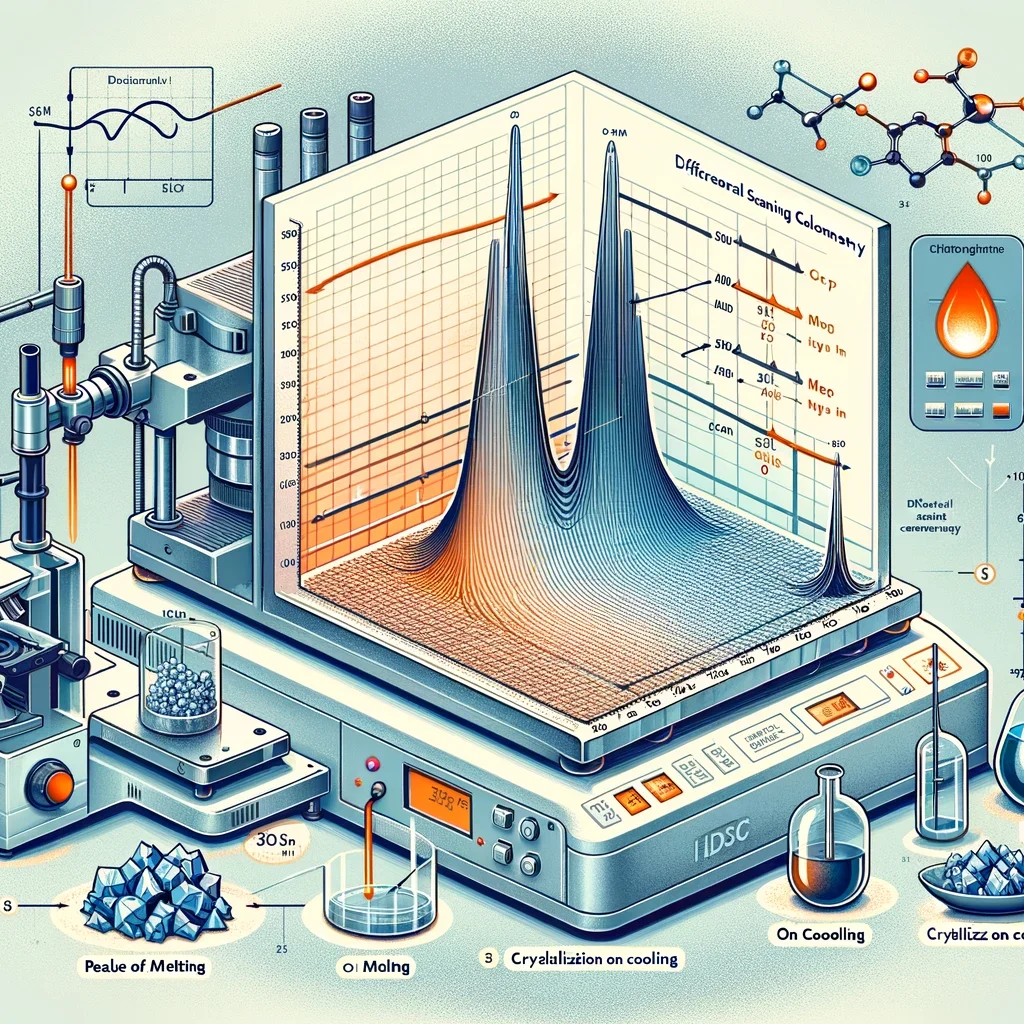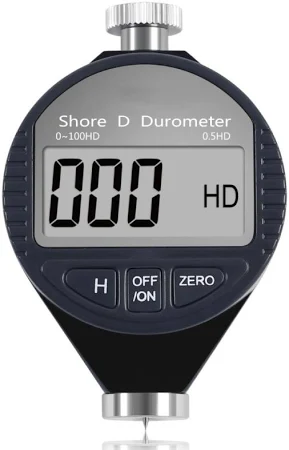Flexural testing stands as a crucial method for evaluating the mechanical properties of plastic materials, offering insights into their resistance to bending or flexing. This essay aims to delve into the significance of flexural testing, standardized testing methods, specimen preparation requirements, interpretation of test reports, implications of data, and other essential considerations specific to plastic materials.
Flexural testing plays a pivotal role in assessing the structural integrity and durability of plastic materials under bending loads. Beyond merely determining flexural strength, this test provides valuable data on properties like modulus of elasticity, flexural modulus, and flexural strain, which are vital for understanding how plastics perform in real-world applications subjected to bending stresses.
For plastics, standardized testing methods provided by organizations such as ASTM, ISO, DIS (Draft International Standards), and BIS IS (Bureau of Indian Standards Indian Standard) ensure consistency and reliability in flexural test results. Standards like ASTM D790 and ISO 178, along with their corresponding DIS and BIS IS standards (DIS: ISO/DIS 178 and BIS IS: IS 13793), specify precise procedures for conducting flexural tests on plastic materials. These standards also prescribe formulas for calculating flexural properties such as flexural strength and modulus of elasticity, ensuring accurate and standardized assessment of material behavior.
Proper specimen preparation is paramount for obtaining reliable flexural test results for plastics. As per ASTM D790 and ISO 178, standard specimen dimensions for flexural testing of plastics include a span length of 100 mm, a width of 10 mm, and a thickness of 4 mm. Adhering to these specifications guarantees consistency and accuracy in test measurements. Additionally, considerations such as sample conditioning and surface preparation may be necessary to minimize variability in test results.
A comprehensive flexural test report for plastics encompasses details such as the testing standard used, specimen preparation procedures, environmental conditions during testing, and the results obtained, including flexural strength, modulus of elasticity, and flexural strain. Understanding and interpreting these components, along with the formulas prescribed by standards, is crucial for assessing the structural performance of plastic materials accurately.
Data obtained from flexural testing influences material selection, design optimization, and application suitability for plastic materials. For instance, in the construction industry, flexural testing data aids engineers in selecting the right plastic materials for applications like structural beams or decking, considering factors such as load-bearing capacity and resistance to deformation.
Factors such as temperature effects, specimen geometry, and testing speed can influence flexural test results for plastics. Therefore, it’s imperative to consider these factors during testing to ensure that the obtained data accurately represents the flexural behavior of plastic materials under various conditions.
In conclusion, flexural testing is a critical method for evaluating the mechanical properties of plastic materials, providing valuable insights into their structural performance under bending loads. By adhering to standardized testing methods, properly preparing specimens, and considering various factors specific to plastic materials, industries can make informed decisions that enhance the quality, reliability, and safety of plastic products.
















